EVs explained: everything you need to know about electric vehicles
It's time to ditch fossil fuels
Charging at home
While you can plug an electric car into a regular mains socket at home, we will warn you now - you’ll be in for a very long wait. While recently driving a Tesla Model S 100D from London to the Scottish Highlands, we stopped overnight in West Yorkshire.
Because it was December in Britain, we knew range the following morning would be impacted. To get a few extra miles in the battery to compensate for the cold start, we fed a cable through the letter box and plugged the car into a wall outlet.
The Tesla app then told me charging to full would take “over 24 hours”. Around 10 hours of charging added just 50 miles of range, but boosting the battery from 30 miles to 80 meant we knew we would comfortably reach the Supercharger the next morning.
Thankfully, Tesla sells home chargers. These are £460 plus installation, which costs in the region of £200 to £1,000 depending on what work needs to be done and what the situation is with your home’s electricity supply.
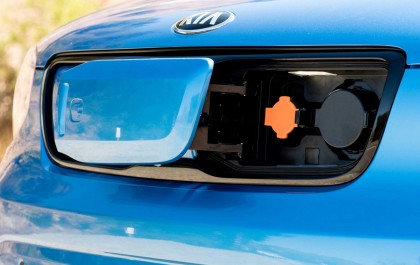
In the UK, PodPoint installs chargers for between £779 and £1,499 depending on the power (and therefore speed) of the charger.
However, grants are available to lower the price to between £279 and £999. The cheapest 3.6kW charger only tops batteries up at a speed which is 1.6 times faster than a regular wall socket. This means you will only get around 15 miles of range per hour, so isn’t suitable for cars with large batteries.
PodPoint’s mid-range 7kW charger is three times faster than the wall socket, offering up to 30 miles of range per hour, while the fastest 22kW charger adds up to 50 miles per hour. These chargers work with all electric cars from every manufacturer - including Tesla.
Get daily insight, inspiration and deals in your inbox
Sign up for breaking news, reviews, opinion, top tech deals, and more.
You might not be able to travel far if an emergency requires you to venture out one evening, but for 99% of the time your car will be ready to go. After all, it’s unlikely that many drivers will return home with a near-empty battery every day.
Charging in public
Public EV chargers often state that drivers can park there and charge, but only for a limited amount of time.
The best way to think about it is, this is a parking space which you, as an EV driver, have exclusive access to for up to one hour (or whatever the sign says), and during this time you should charge.
If you don’t charge, other EV drivers looking to plug in will likely be unimpressed. It is generally agreed that if you are parked at a charger you should be charging for the duration of your stay.
We once returned a Model S press car to a Tesla forecourt and were told by the sales assistant that the car must be plugged in immediately. Otherwise, he said, Tesla drivers tend to take photographs and shame others online if they are parked next to a Supercharger and not using it.
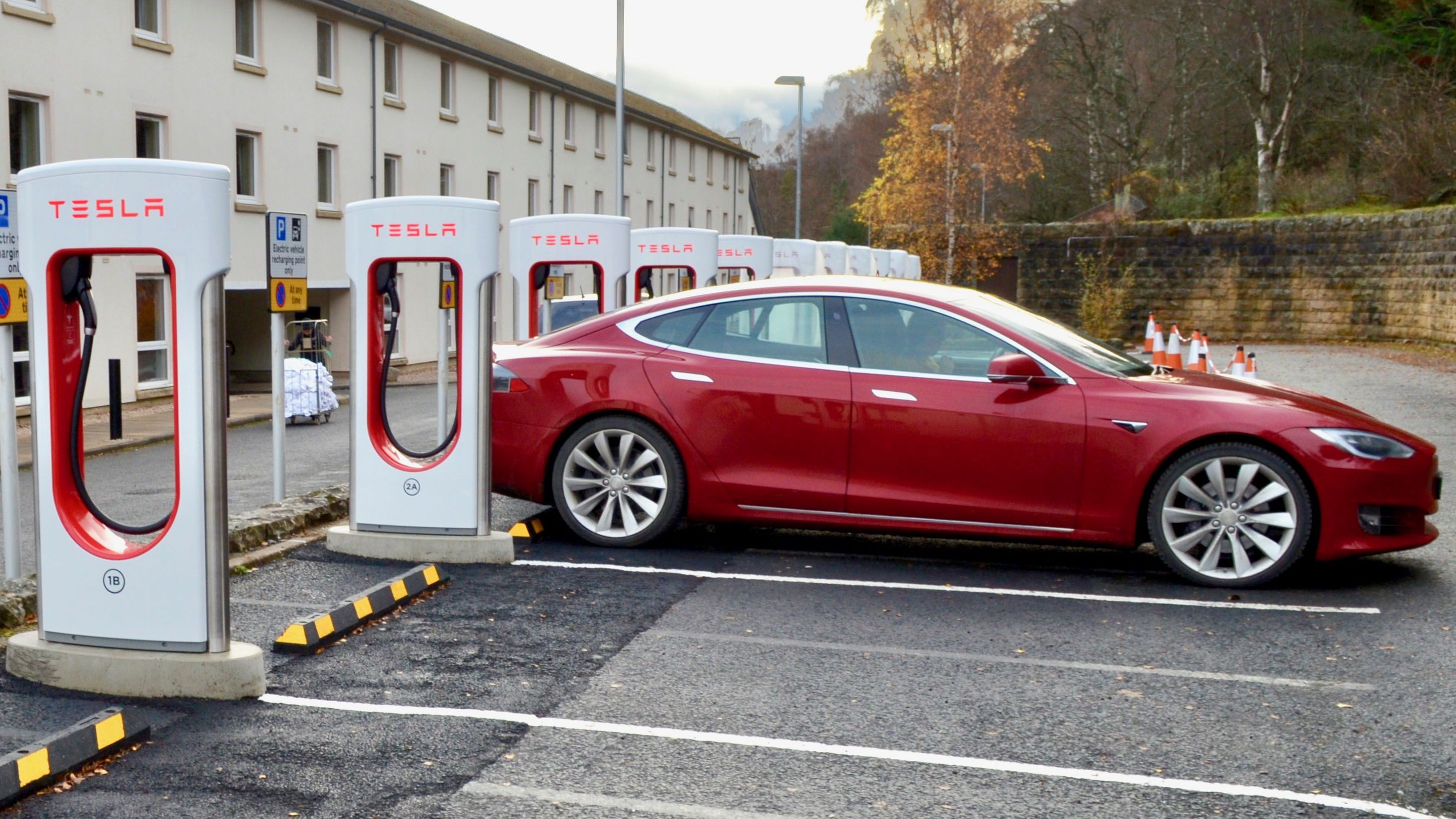
The flip side of the EV lifestyle is that owners strike up conversations at the chargers. We’ve met some interesting people at Tesla Superchargers and usually enjoy exchanging EV stories with them.
That said, no one will complain if you sleep in your car - just be aware that others can probably see your charge status through the window, and if it’s full while you’re snoozing they’ll be angry.
Another useful piece of Tesla charging trivia is that the Superchargers work in pairs. Say there are six chargers; these will be made up of three Supercharger units, each with a cable on either side.
The units are numbered 1, 2, 3 and the cables on each are lettered A and B. Using a B when someone is already charging from the A next to it will halve the power available to both of you.
So if there is an unoccupied pair, you should use one of those - it means you will charge more quickly, and the speedy charge rate of the person already there will not be reduced by your arrival.
Ignore the estimated range
Manufacturer range estimates are about as useful as their MPG figures. They can be used to compare one car with another - providing the figures come from the same test cycle - but should not be used to get a real-world estimate of how far the car will go.
When driving the Tesla Model S 100D from London to Scotland - and when driving a Model X down to Cornwall - we found that Tesla’s claimed 300 miles of range is actually more like 200 to 240 depending on how you drive, the roads (gradient etc) and the temperature.
The best thing to do when driving an EV long distances is to keep an eye on the car’s estimate for battery percentage remaining at your destination.
If this figure deceases to less than 10%, you might want to slow down a little, but if the figure is creeping up you can afford to drive more quickly.
We also found that using the air conditioning and stereo has no obvious affect on range, although Tesla’s super-strength ‘biohazard defense mode’ will eat away at range more quickly than regular air-con.
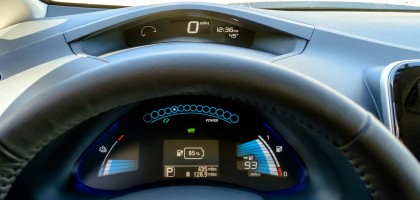
Road trips
EV journeys where you expect to go further than around 75% of the estimates range of the car will require some planning - and this is especially true if your destination or overnight stop does not have a charger.
As we’ve already mentioned, we have driven some considerable distances in Teslas, and in all honesty we were usually ready for a break when the car needed charging.
Stopping for 20 minutes or so every three hours doesn’t feel like the car is making the journey take far longer than normal.
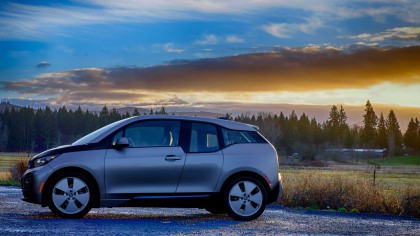
It is worth checking where chargers are located before you set off, and also check which side of the carriageway they are on, as this isn’t always obvious.
You should also check exactly where the charger is located, as some are not easy to find in the great expanse of service station car parks.
We once had to get out and find a Tesla Supercharger on foot, because we were worried that we’d miss it and head back out onto the motorway; it was actually located next to the service station’s staff car park, behind a no entry sign…
Take a long mains cable with you for emergencies, and make sure your smartphone is topped up as that might be the best way of locating a charger.
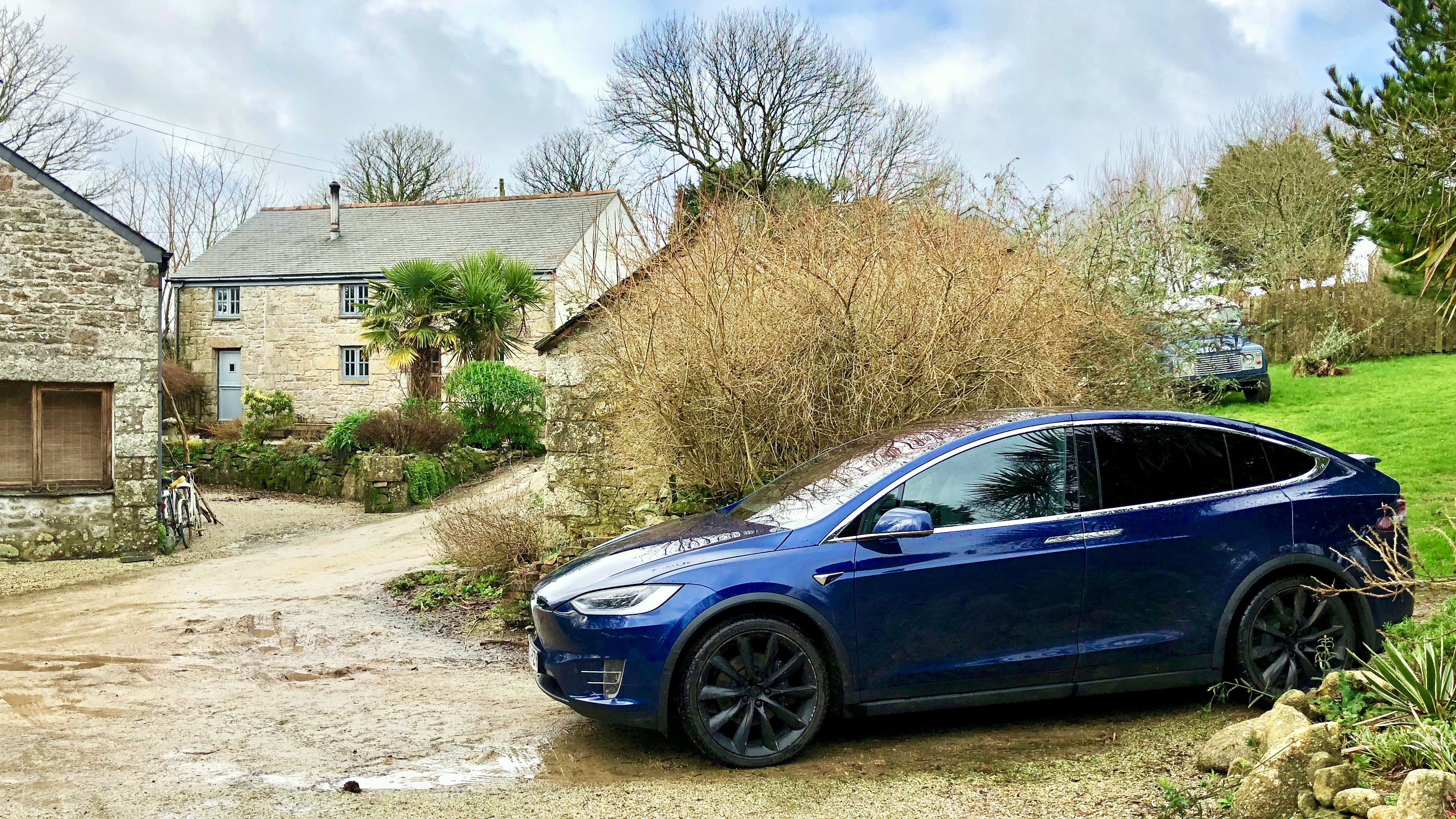
Final thoughts
EV ownership is getting easier as prices fall, range increases and the number of chargers grows. If you have a charger installed at home then using an EV for the daily commute shouldn’t cause any trouble at all.
Instead, you get to enjoy quiet, stress-free motoring with the benefit of your fuel being cheap (or even free), your emissions being reduced, and the lack of charges like road tax.
Venturing further afield requires some planning, but travelling long distances is easier than you might think. There are more variables than with a petrol car (will the charger be broken? Will there be a queue?) but your chances of being hindered by these issues are rare.
From now until the end of the decade we are going to see new EVs (and PHEVs) from a huge range of manufacturers. This will encourage the charging infrastructure to grow even more quickly, and before long a car’s fuel will become a non-issue.
- Google self-driving car: everything you need to know
Alistair Charlton is based in London and has worked as a freelance technology and automotive journalist for over a decade. A lifelong tech enthusiast, Alistair has written extensively about dash cams and robotic vacuum cleaners for TechRadar, among other products. As well as TechRadar, he also writes for Wired, T3, Forbes, The Independent, Digital Camera World and Grand Designs Magazine, among others.
